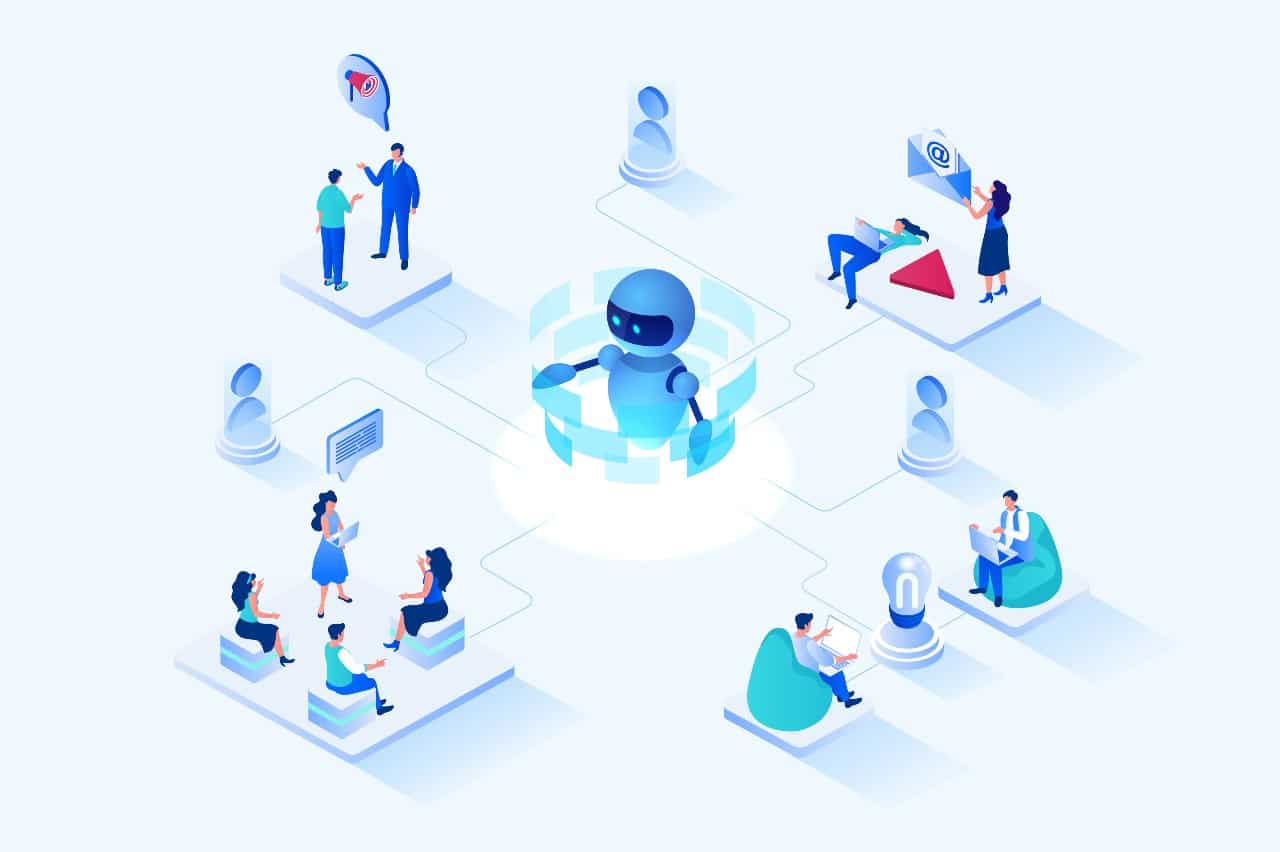
Success in developing AI-powered applications requires a unique combination of skills across three key areas:
- Computer science and data engineering. Data aggregation, data cleaning & processing and data augmentation required to develop an analytics ready data pipeline.
- Mathematics and statistics knowledge. Expertise in analytic techniques such as clustering, regression, decision trees, sentiment analysis and much more to make sense of ‘analytics ready’ datasets.
- Business and organizational domain expertise. Mastery of the industry and related use cases to provide the context necessary to design analytics frameworks and interpret model outputs.
The NAVIK AI platform was borne from the idea that business decision makers across all organization types should have access to the next generation of AI. When deploying NAVIK solutions at Absolutdata (an Infogain company) we provide the computer science, data engineering, mathematics, and statistics expertise. And we work closely with our client stakeholders to collaboratively design systems and customized workflows that put the right insights into the hands of the right people, at the right time.
Maximizing CLV for a Leading Mobile Network Operator
A story that brings these ideas to life is a NAVIK Marketing AI deployment with a leading mobile network operator. The company is one of the 10 largest mobile network operators globally with over 270 million subscribers spread across 20 country markets.
Our client focuses primarily on serving the mobile communication needs of consumers in developing countries. As such, there is great diversity in expenditure and service consumption across its customer base. They reached out to us because they wanted to embed more automation in marketing campaign design and execution. Their goal was to maximize customer lifetime value (CLV) through dynamic marketing campaigns and offers that were aligned to the needs of key customer segments.
We worked closely with the client’s engineers to quickly solve the computer science and data engineering problems, building a robust data pipeline. In parallel, we partnered with key stakeholders from the client to develop the analytical framework that was steeped in the client’s unique business context.
Building a Dynamic Customer Segmentation
Pre-paid voice and data consumer mobility services in the markets where our client is active have largely become commoditized due to diminishing service differentiation and intense competition. As such, it was critical that we first segment the demand-side of the market into logical groups and then align marketing programs and product offers accordingly.
Ultimately, we identified three macro customer segments:
Source: ©Absolutdata/Infogain
Working closely with industry experts from the client side, we developed a strong hypothesis for the parameters that were driving customers into the three macro segments. This was an iterative process. At this point, we understood the client’s data warehouse extremely well from the data engineering efforts but still, the client was able to inject the context we needed to strengthen our hypothesis. We identified over 20 parameters, each with multiple KPIs, that spanned a range of customer demographics, service consumption, expenditure, and customer support engagement variables.
Ultimately, this process allowed us to develop an approach that combined machine learning and heuristics to arrive at a very robust and dynamic segmentation. For example, machine learning algorithms classified subscribers based on service consumption. But more straightforward heuristics allowed us to classify customers based on age and profitability. We repeated this process across all 20+ parameters. With the classification for each parameter defined we first segmented customers into the macro segmentation groups and then derived micro segments within each of the three macro segments.
A Platform Based Approach Delivers Financial Results
The final step in this solution is to dynamically align the right offer to the right micro segment, at the precise moment (and through the right channel) where we can maximize offer take rates. We leveraged pre-built NAVIK components that allowed us to rapidly develop and deploy the solution. By deploying a platform-based, machine learning approach with a robust data pipeline, learning effects are continuous and the platform gets more powerful and valuable by the day.
Source: ©Absolutdata/Infogain
The business results have been impressive. Churn is on the decline, retention rates are increasing, and creative offers aligned to customer micro-segments are driving a lift in CLV. By placing these insights directly into the hands of our client’s marketing leadership team, the company estimates it has achieved a 5% revenue lift within their largest country market. If you would you like to learn more about how NAVIK can help you achieve similar results, I’d love to hear from you.
Authored by: Marc Jacobson, Vice President, NAVIK Strategy and Product Management at Absolutdata
Related Absolutdata products and services: Analytics, Data Science & AI, NAVIK AI Platform, NAVIK TelecomAI, NAVIK MarketingAI, Customer Analytics, Data Integration, Data Modernization
































